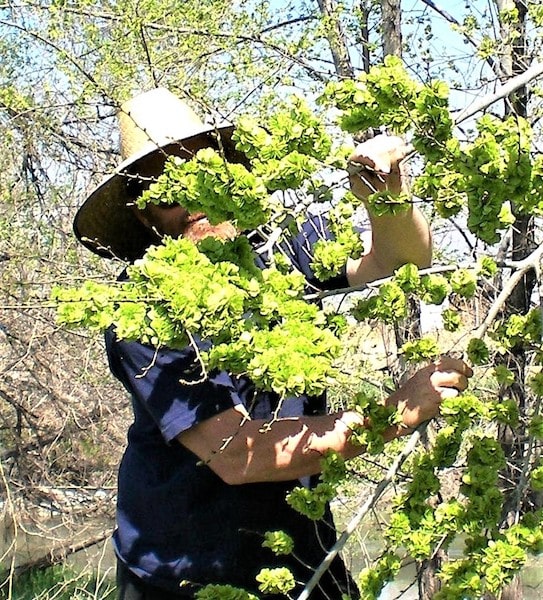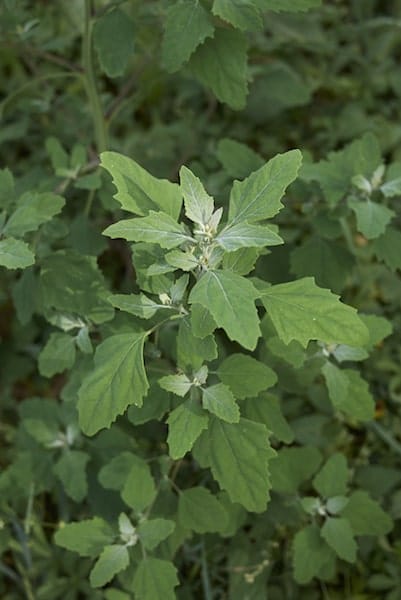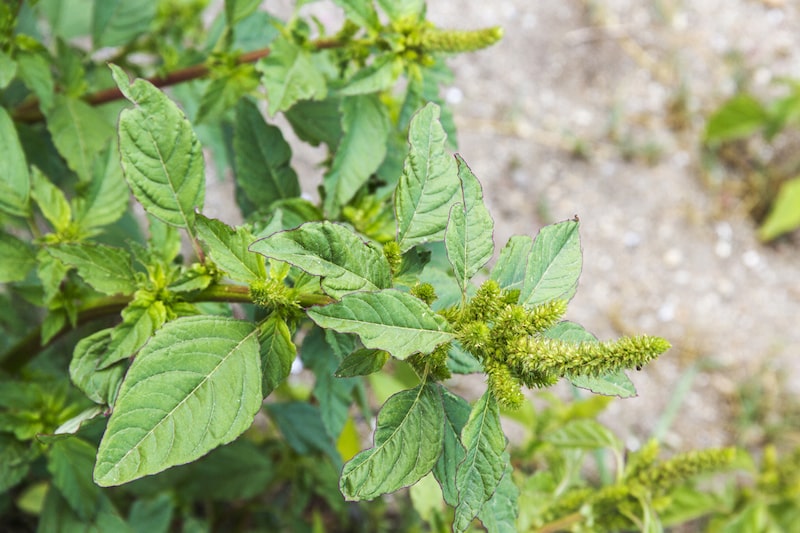
I have foraged and eaten wild foods of all kinds for the past 40 years.
For most people, foraging revolves around mushrooms, berries or wild asparagus, and I certainly harvest those. But while preparing to teach my first foraging class for West High School’s Community Education program several years ago, I discovered a forging book, Eat the Weeds by Ben Harris, that revolutionized my perceptions of harvesting wild foods, and I was amazed at all of the widely available local weeds that were good and healthy to eat.
I have continued to teach that class twice a year (spring and fall) for a decade, as I have witnessed an amazing increase in students interested in harvesting local renewable foods that are not only healthy, but tasty, too.
Weeds are among the easiest and most widely distributed foods, and although some can be bitter, most are good when cooked, especially when mixed with other wild greens.

My favorite weed is the wild spinach (lambs quarter) that grows virtually anywhere in recently disturbed soil. It is not unusual to find patches of this annual weed growing on overwintered mounds of construction soil, where large quantities can often be easily harvested. Once cooked, the leaves and tips are almost indistinguishable from domestically grown spinach.
Another favorite is curly dock. These perennial plants are characterized by their long, curly lanceolate leaves often growing in a rosette at the base of the past year’s rust-colored flower stalk. These plants are extremely common, can be seen at a distance, and are available year-round. The leaves have a lemony taste like another common domestic dock, French sorrel. They do turn Army green after being cooked but are otherwise very pleasant.
Many of the common weeds in people’s yards are edible, especially during the spring and early summer.
Almost everyone has heard about eating dandelions, but many other dandelion-like weeds in our lawn and garden are also edible.

A short list of these might include prickly lettuce, sow thistle, pigweed (amaranth), mallow, catspaw, and storksbill. These are best harvested from cooler, shadier areas, and cooked in combination with each other as “pot greens”.
Other greens best eaten raw, especially in tossed green salads, include purslane, miner’s lettuce and Siberian (Chinese) elm tree seeds. Everyone has the lemony-tasting, low-growing purslane in their yards, and the miner’s lettuce that usually grows in shady areas is juicy.
The most significant raw green I have discovered over the years is elm tree seeds. Everyone is surprised by the great texture and flavor of those small winged “samaras” that literally cover everything to germinate everywhere!
We all hate these annoying, fluttering seed pods, right?
But, stripping handfuls of these seeds from lower branches of elms in the spring when they are a bright light green can provide a great healthy resource, whether eaten raw or cooked. My wife and I especially like their texture and flavor in tossed salads, and eating a handful of them will certainly change your opinion. I usually take five minutes to harvest a bag full for our crisper when they are in their prime.
I always tell my students, “Learn to identify, harvest and use one species of plant, and then keep adding more to your list and diet.”
The Internet and the recent explosion of foraging books make learning to identify and prepare these widely available renewable resources easier all the time.
Dan Potts is a local wild foods forager.
Subscribe to Utah Stories weekly newsletter and get our stories directly to your inbox
nbsp;





